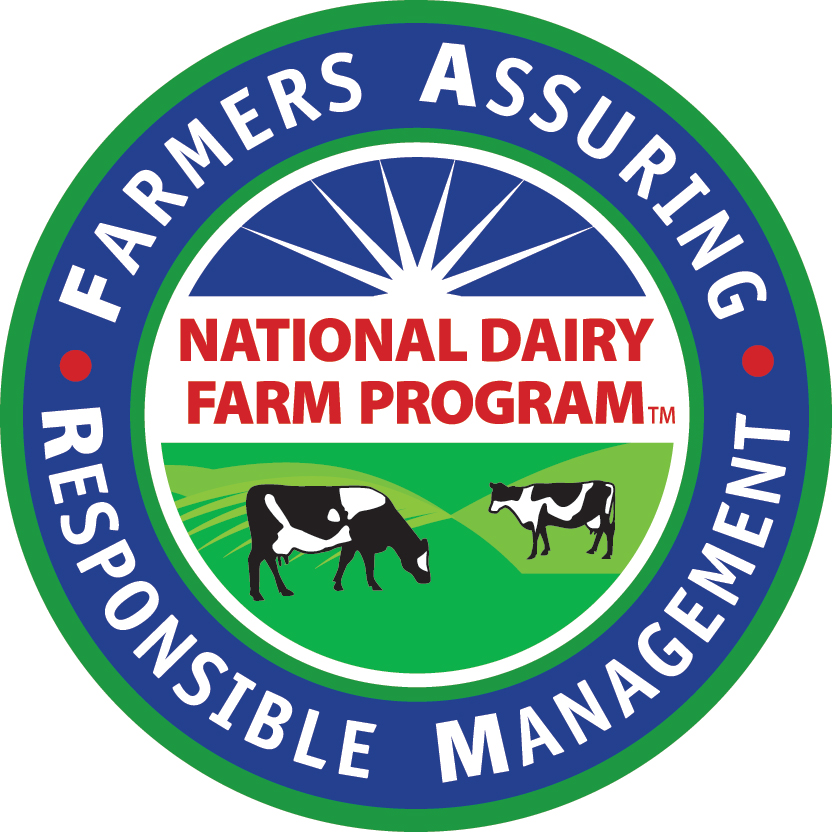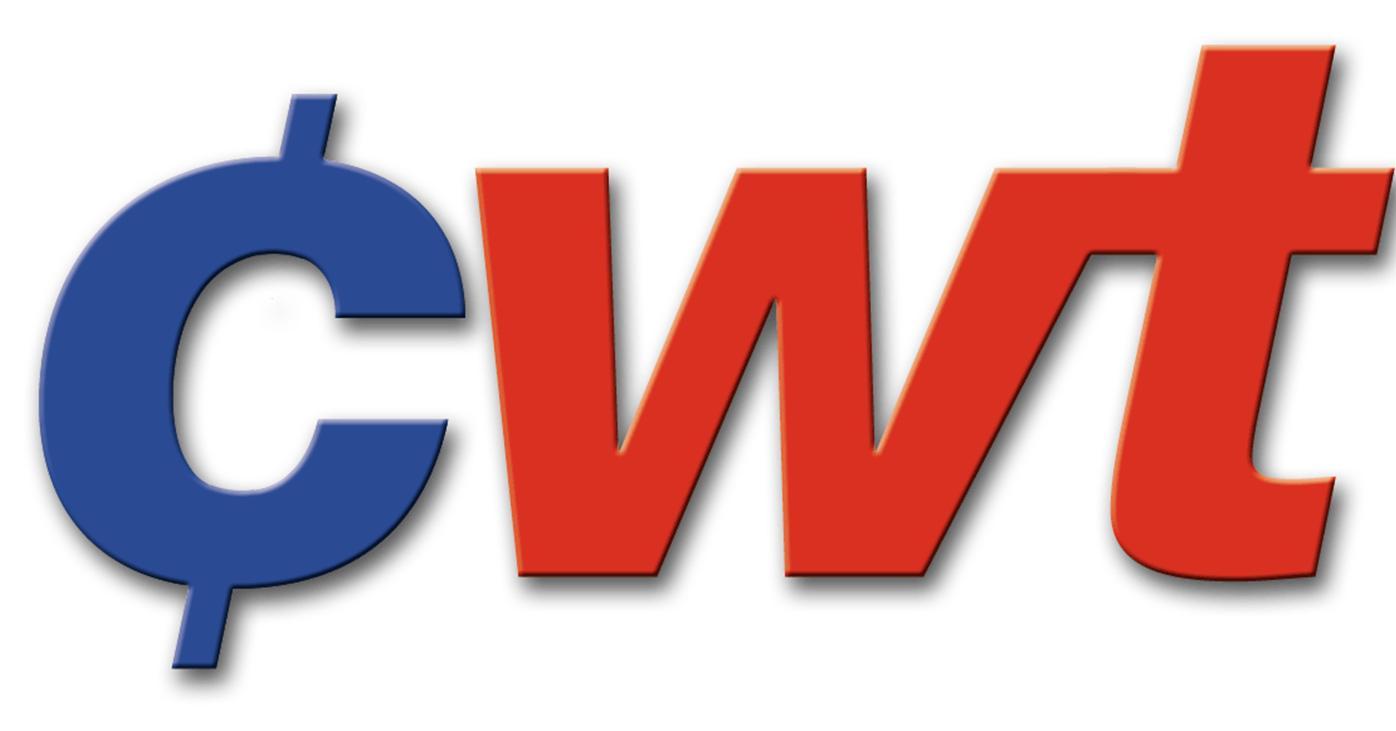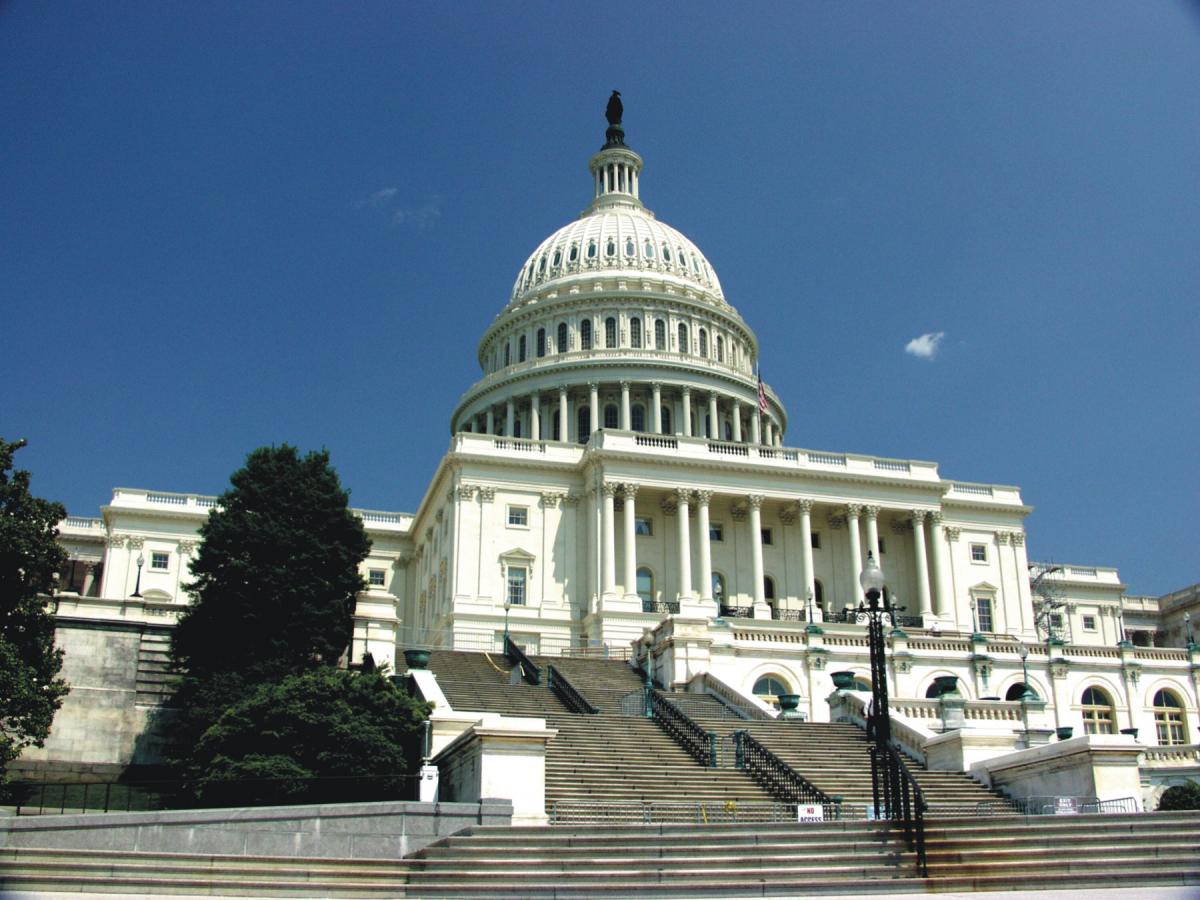Times are tough for dairy farmers as we head into the summer of 2016. That’s the message NMPF Chairman Randy Mooney delivered on May 24 before the House Agriculture Committee’s livestock subcommittee at a hearing on the “State of the Barnyard.” The hearing addressed the concerns of the nation’s dairy, beef, pork and poultry producers about a range of challenges, starting with the rural economy.
In his remarks, Randy spoke passionately about the most pressing issues for dairy farmers, including the current economic environment, trade and market access, labor availability and the need for immigration reform, and the pressing need for federal, rather than state, legislation for foods containing biotech ingredients.
Randy expressed appreciation to the U.S. Department of Agriculture for its work to improve the Margin Protection Program, but he noted that the program is not currently working as intended. I share the view of our Chairman that MPP is the right program for dairy’s future, but that further adjustments are needed to ensure that it provides an effective safety net for dairy producers.
Two key issues he discussed about the MPP were the program’s feed cost component and the price tag of supplemental coverage. Randy pointed to cuts that were made by Congress in the feed cost index that have distorted the margin calculation. He also noted that the cost of premiums to buy up coverage, especially at higher margin levels, discourages participation. We will continue working with the Congress and USDA on these and other issues in the coming months. Our focus is on what improvements should be made to this evolving program to help it better meet its intended objectives.
Another NMPF priority Randy discussed in his testimony was the need for fair and balanced international market access agreements to be negotiated and enforced. Randy described the growing importance of exports to the U.S. dairy industry but also noted that trade deficits with the European Union and other markets continue to increase. Agreements like the Trans-Pacific Partnership, which can have a positive effect on the U.S. dairy industry, will only work if the specifics terms of the deals are strictly enforced.
Already we’re seeing countries like Canada try to wiggle out of their commitments by imposing new regulations which undermine the very market access that was previously agreed to. Such tactics cannot be allowed to continue, a point which Randy articulated to the House members in his testimony.
Randy also addressed the current number-one policy priority in Congress for NMPF: federal legislation preempting state laws calling for labeling foods containing biotech ingredients. With the clock ticking as Congress tries to reach consensus on a bill before the Vermont GMO mandate legislation goes into effect on July 1, our Chairman stressed the importance of the Senate acting immediately on this critical issue. No one could have said it better than he did: “Failure by Congress to address this issue threatens the viability not only of my farm, but also the 30,000 farmers I represent. It also threatens our ability to feed the world’s growing population.”
There’s no shortage of issues right now in the dairy community—which frankly made whittling down Randy’s testimony to the requisite 5 minutes a real challenge. Even with the time constraints, he provided a clear picture of the state of the dairy economy, and gave Congress a strong signal on our dairy legislative priorities for the next several months.
The text below is Randy’s brief testimony to the livestock subcommittee (his full presentation, submitted for the record, is available here).
Randy Mooney:
To be clear, times are tough on America’s dairy farms, for the second year in a row. USDA projections indicate that revenue from milk sales will drop this year to $31.5 billion dollars, the second lowest level in the last decade and a more than $20 billion plunge from 2014’s highs. As U.S. milk production has grown and we have had to rely more heavily on world markets, our fortunes are now more closely tied to the extreme volatility that are a feature of global commodity markets.
Because of this volatility in both milk and feed prices, we must continue to reassess our risk management tools. For most of the eight years I’ve been chairman of National Milk, I’ve worked with our member cooperatives and dairy producers to build a better safety net. Our request to Congress after the economic disaster our industry suffered in 2009 was to create a risk management tool that would provide protection against the prolonged and catastrophic cost-price squeeze we had experienced.
In the 2014 Farm Bill, Congress created the Margin Protection Program. Approximately 23,000 dairy producers are in the program, representing 80 percent of our milk supply. In 2015, U.S. dairy producers paid $73 million dollars in premiums and fees to USDA, while USDA only paid out $700,000 under the program. This year, dairy farmers have paid in another $23 million dollars.
I firmly believe MPP is the right dairy program for the future. That said, our experience to date is that MPP is not completely fulfilling its intended objective as an effective safety net. We remain confident that improvements can be made by the Congress to this still-evolving program. For many farmers, the current program is simply not enough to protect them in this economic environment. Since the Farm Bill was signed into law, MPP margins have fallen 52 percent, with further declines expected.
While MPP is similar to the initial proposal put forward by National Milk, the plan was altered during the farm bill process. One change reduced the feed cost component of the margin, so the current formula no longer reflects the true cost of feeding a herd. Second, while the feed cost component was changed, farmer premiums were not, when they should have been reduced to accommodate the reduced feed component. MPP has been less effective as a result.
I have heard from many dairy farmers that their financial challenges will only increase if prices do not improve before 2017. We continue to discuss ways to improve MPP with our member cooperatives, USDA and the Congress. Clearly, adjustments to the feed cost calculations and the farmer-paid premiums would improve MPP’s effectiveness as a safety net for all dairy producers. The feasibility and timing of such adjustments are issues we want to explore with the Committee.
Our industry is also impacted by numerous other policy issues that are described more fully in my submitted comments. I want to highlight two of them today.
First is the critical importance of Congress acting immediately to pass legislation to ensure that a single, federal standard is established on the labeling of genetically modified foods. I cannot emphasize enough how important it is that the Congress resolve this matter before July 1st, when the Vermont law takes effect. Failure by Congress to address this issue threatens the viability not only of my farm, but also the 30,000 farmers I represent. It also threatens our ability to feed the world’s growing population.
Trade is another area of importance to dairy farmers. Our nation has gone from exporting less than $1 billion in dairy products in 2000, to more than $5.2 billion of exports in 2015, an increase of 435 percent. This enormous growth can be largely attributed to the market-opening free trade agreements negotiated by our government.
We support the Trans-Pacific Partnership agreement because it can help U.S. dairy exports continue to grow in key world markets. But in order for farmers to realize any benefit, important implementation and enforcement issues must be addressed as Congress prepares to consider TPP.
Separately, any trade agreement with the European Union must first prioritize how to tackle our trade deficit with Europe, while also addressing the nontariff barriers – like Geographical indicators and sanitary barriers — that the EU uses to limit our access. The EU has not demonstrated a good-faith commitment to open agricultural trade. The U.S. must proceed cautiously by securing clear commitments from the EU to guard against the imposition of future trade barriers.
America’s dairy farm families stand ready to help this committee as you review current policies and consider new legislation that impacts our industry.

 The FARM Animal Care Program is hosting numerous events through the summer and fall to prepare participants for Version 3.0 of the program, set to be implemented on January 1, 2017.
The FARM Animal Care Program is hosting numerous events through the summer and fall to prepare participants for Version 3.0 of the program, set to be implemented on January 1, 2017.
 The U.S. Farmers and Ranchers Alliance, of which NMPF is a member, is looking for its new class of standout farmers and ranchers to share on a national stage how they grow and raise food. To help put a real face on agriculture, USFRA will select a group of individuals who are proud of what they do, eager to share their stories of continuous improvement, and who already have a strong presence on social media. The previous Faces class included dairy producer Will Gilmer of Alabama, and the current class features Carla Wardin of Michigan.
The U.S. Farmers and Ranchers Alliance, of which NMPF is a member, is looking for its new class of standout farmers and ranchers to share on a national stage how they grow and raise food. To help put a real face on agriculture, USFRA will select a group of individuals who are proud of what they do, eager to share their stories of continuous improvement, and who already have a strong presence on social media. The previous Faces class included dairy producer Will Gilmer of Alabama, and the current class features Carla Wardin of Michigan. Cooperatives Working Together members secured 27 contracts to sell 4.890 million pounds of American-type cheese, 813,506 pounds of butter and 396,832 pounds of whole milk powder in May. These products will go to customers in Asia, Central America, the Middle East, North Africa, Oceania and South America. The products will be shipped from May through November 2016.
Cooperatives Working Together members secured 27 contracts to sell 4.890 million pounds of American-type cheese, 813,506 pounds of butter and 396,832 pounds of whole milk powder in May. These products will go to customers in Asia, Central America, the Middle East, North Africa, Oceania and South America. The products will be shipped from May through November 2016. Canada is moving forward with a dairy policy designed to alter the market access available to the U.S. dairy industry. A pricing proposal introduced in Ontario this spring, and reportedly scheduled to be announced nationally in the very near future, is intended to harm imports of ultra-filtered milk from the United States. Already, American exports of ultra-filtered milk to Canada have dropped significantly due to procurement adjustments by Canadian processors last month.
Canada is moving forward with a dairy policy designed to alter the market access available to the U.S. dairy industry. A pricing proposal introduced in Ontario this spring, and reportedly scheduled to be announced nationally in the very near future, is intended to harm imports of ultra-filtered milk from the United States. Already, American exports of ultra-filtered milk to Canada have dropped significantly due to procurement adjustments by Canadian processors last month. In preparation for the next round of negotiations in July, NMPF continues to engage stakeholders and challenge certain elements of the ongoing Trans-Atlantic Trade and Investment Partnership (TTIP) negotiations.
In preparation for the next round of negotiations in July, NMPF continues to engage stakeholders and challenge certain elements of the ongoing Trans-Atlantic Trade and Investment Partnership (TTIP) negotiations. The Food and Drug Administration last month released its updated
The Food and Drug Administration last month released its updated  More than 100 dairy farmer leaders from across the country will descend on Capitol Hill on Tuesday to urge Congress to take immediate action to establish a federal standard on the disclosure of biotechnology ingredients in food.
More than 100 dairy farmer leaders from across the country will descend on Capitol Hill on Tuesday to urge Congress to take immediate action to establish a federal standard on the disclosure of biotechnology ingredients in food.
 ARLINGTON, VA – The challenging economic conditions affecting America’s dairy farmers call for improvements by Congress to the federal safety net program created in the 2014 Farm Bill, according to Randy Mooney, chairman of the National Milk Producers Federation, in
ARLINGTON, VA – The challenging economic conditions affecting America’s dairy farmers call for improvements by Congress to the federal safety net program created in the 2014 Farm Bill, according to Randy Mooney, chairman of the National Milk Producers Federation, in 



